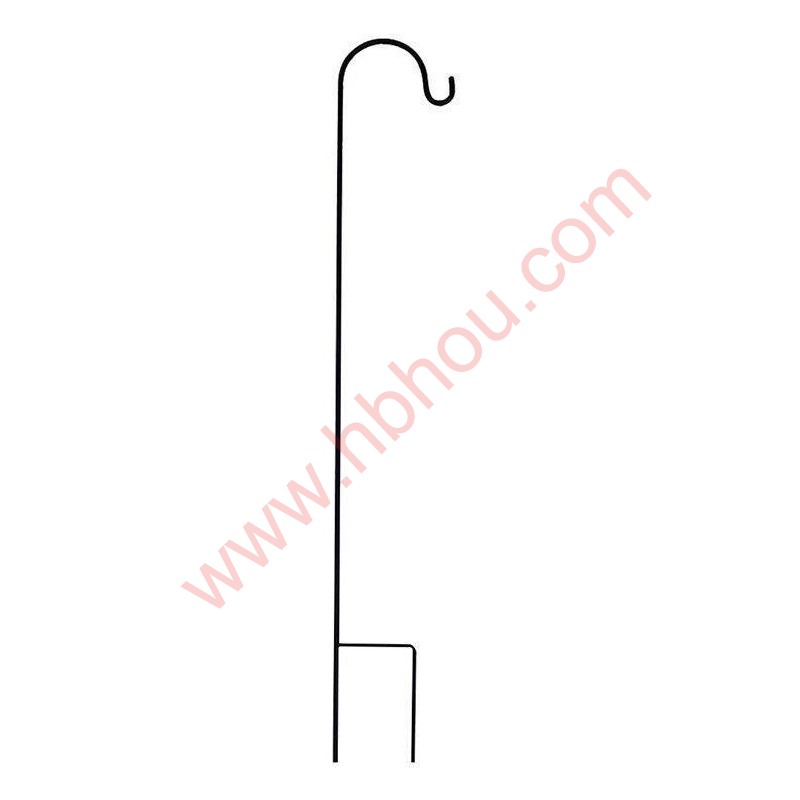Understanding Chain Link Fences with Posts A Comprehensive Overview
When it comes to fencing options, chain link fencing stands out for its durability, affordability, and versatility. Whether for residential, commercial, or industrial purposes, chain link fences provide a reliable barrier while allowing visibility. This article will elaborate on different aspects of chain link fences, focusing on their structure, installation, maintenance, and benefits, particularly concerning the posts that support them.
Structure of Chain Link Fences
A chain link fence is comprised of several components, including the chain link fabric, terminal posts, line posts, and various accessories. The chain link fabric is made of interwoven steel wires coated with vinyl or galvanized for rust resistance. This fabric creates a strong barrier that can withstand weather elements while remaining lightweight.
The posts play an essential role in the structural integrity of the fence. Terminal posts are larger and are typically placed at the ends of the fence run, while line posts support the fabric between the terminal posts. Posts are usually made of steel or aluminum, ensuring that they are sturdy enough to handle pressure and changes in soil conditions. Accurate installation of these posts is crucial, as their placement impacts the entire fence's strength and durability.
Installation of Chain Link Fences
Installing a chain link fence requires careful planning and execution. Before installation begins, it is essential to determine the boundaries and specific requirements of your property. Factors like local zoning laws, property lines, and intended use can affect how and where you install the fence.
1. Marking the Area Start by marking the area where you intend to install the fence. Use stakes or spray paint to indicate the corners and the distances between posts.
2. Digging Post Holes After marking, the next step is digging holes for the posts. The depth of the holes will depend on the height of the fence and local frost lines, but they typically range from 24 to 36 inches.
3. Setting the Posts Once the holes are dug, the posts must be placed in them. It’s essential to ensure that the posts are plumb (straight) and spaced evenly. Concrete is often used to secure the posts in place and provide additional support.
4. Attaching the Chain Link Fabric After the posts have been secured and the concrete has set, you can attach the chain link fabric. The fabric is unrolled and attached to the bottom and top rails (if used) with special fittings or ties.
chain link fence with posts

5. Finishing Touches Finally, check for any loose areas or gaps, and make any necessary adjustments to ensure the entire structure is tight and secure.
Maintenance of Chain Link Fences
One of the significant advantages of chain link fences is their low maintenance requirement. Regular upkeep typically involves checking for any damaged sections, tightening loose parts, and occasionally cleaning the fabric. If the coating on the posts begins to fade or peel, a touch-up with rust-resistant paint can extend their life.
Benefits of Chain Link Fences with Posts
1. Visibility and Airflow Unlike solid fences, chain link fencing provides visibility while still marking boundary lines. This characteristic is particularly valuable in keeping an eye on pets and children while ensuring airflow in gardens.
2. Cost-Effectiveness Chain link fences are generally more affordable than wooden or vinyl alternatives. The materials are inexpensive, and installation is typically straightforward, reducing labor costs.
3. Durability When installed correctly, chain link fences can withstand extreme weather conditions and remain intact for years with minimal care.
4. Security These fences provide a good level of security, especially when combined with barbed wire at the top. They can deter unwanted intruders while allowing property owners to define their space clearly.
Conclusion
In conclusion, chain link fences supported by posts offer a compelling fencing solution due to their durability, cost-effectiveness, and minimal maintenance needs. Their versatility makes them suitable for various applications, from residential backyards to commercial properties. Understanding the components, installation process, and benefits of chain link fencing can help property owners make informed decisions for their fencing needs, ensuring lasting security and functionality.
















